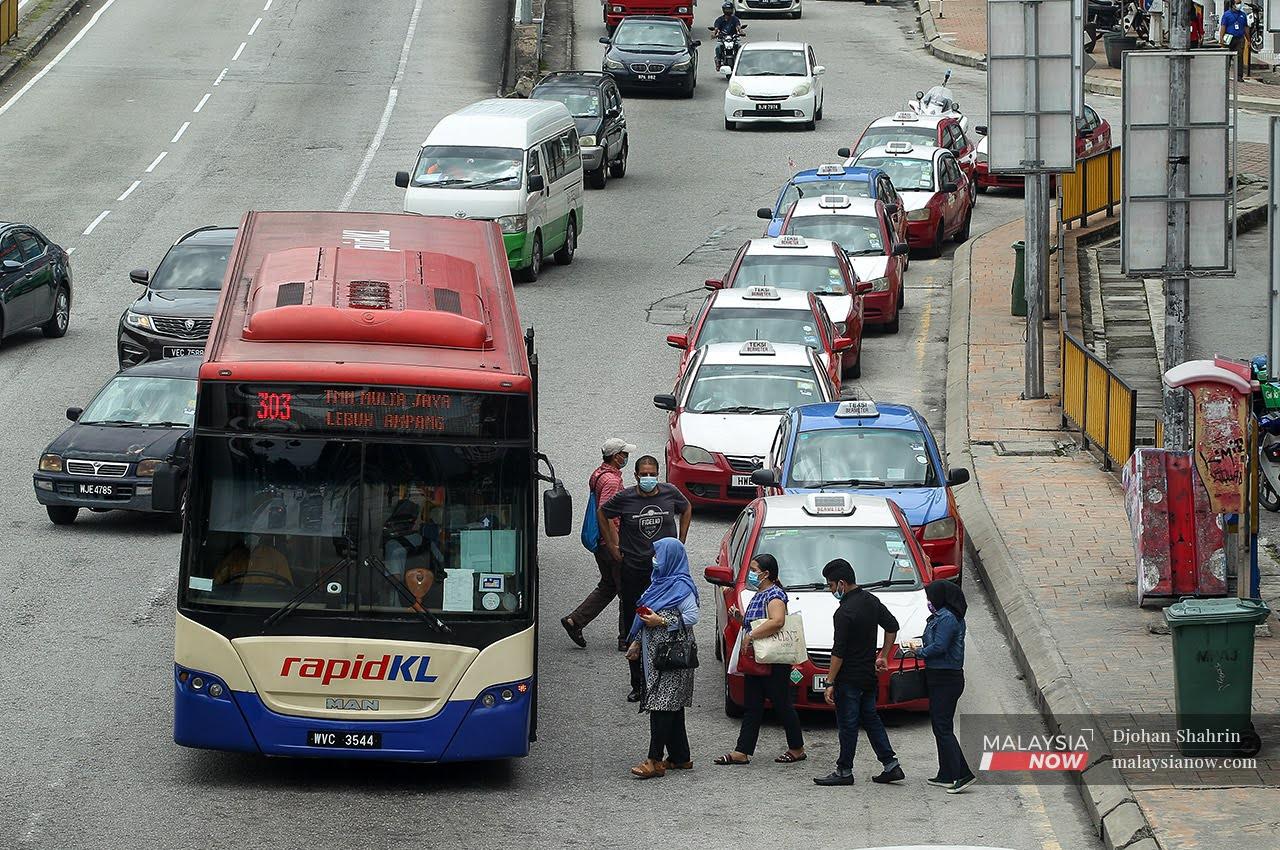Putting quality over quantity in public transport
Proper urban planning is needed so that people will choose public transportation as their main method of travel.
Just In
Following the recent Budget 2021 measures involving public transport initiatives of around RM15 billion to enhance the mobility of the people and stimulate the country’s economy, the government should also keep an eye on other crucial aspects of public transportation, namely accessibility.
Train stations in Malaysia are mostly less accessible, as stated by data scientist Nabil Ersyad on his Twitter thread.
His research, based on his own experience and the use of data analytics, can also be concrete evidence of people’s hardships and their main obstacles in choosing public transportation as their primary mode of transportation, especially in terms of accessibility.
He complained that it takes a long time for people to get to work using the public transportation system, especially the Klang Valley train systems. He then shared isochrone maps that represent our public transportation’s low accessibility.
What Nabil has shown is something exciting, truthful and indeed an eye-opener for people. The important things he mentioned are that people take about five to 15 minutes to walk to the nearest station – some areas could take longer than that. He also praises the Montreal stations that cover much more walkable areas for their population compared to the Klang Valley.
Based on another Twitter source, Khalid Karim proposed 11 Bus Rapid Transit (BRT) corridors that would be more advantageous than the development of the MRT 3.
In terms of concept, according to the Institute for Transportation and Development Policy, the BRT corridor is a section of road or neighbouring roads served by a bus route or multiple bus routes with a minimum length of 3km or 1.9 miles with dedicated bus lanes.
Khalid explicitly tweeted that “these proposed 11 BRT corridors will give far greater benefits to Klang Valley citizens than one single 40km MRT 3 and only for about 30% of the cost of MRT 3”.
As the government intends to allocate large sums of money for the development of public transportation systems, the accessibility aspect of the development process must also be balanced in this regard.
For instance, most walkways in Malaysia are difficult to access, not in good condition for walking in several areas and far from the community. It is also inconvenient for those who have limited access to shuttle buses or other modes of public transport.
Once all these factors are put into our public transportation system, it will make it easier to encourage the people to use public transportation in their daily lives, thereby also attaining the objective of reducing the country’s carbon footprint and helping Malaysia move towards being a smart city.
But this comes with one necessary condition, which is the smart mobility that specifically aims to reduce congestion and encourage quicker, greener and cheaper transportation choices.
Suppose Malaysia succeeds in encouraging people to fully utilise public transportation while achieving the main goals of smart mobility. The country can undoubtedly move a step closer to becoming a smart city.
Based on Budget 2021, Transport Minister Wee Ka Siong said the allocation would cover the Rapid Transit System Link from Johor to Singapore, the MRT 3 project in the Klang Valley and the Gemas-Johor Bharu Electrified Double-Tracking Project.
Indeed, the people would be pleased to hear that, especially urban dwellers who rely mostly on public transportation for their daily activities. Still, transportation authorities should also play a part in assisting the government in improving the public transportation services.
After that, the goal of the country to effectively push the people’s demand to utilise public transportation is likely to be achieved, similar to how other countries such as Singapore and Japan have managed to do it.
Nevertheless, based on a survey by the Centre for Governance and Political Studies in 2019, 87.3% of people in the Klang Valley drive alone to their workplaces in the central business district of Kuala Lumpur, which is ranked the highest in the world in the single-driver category.
This demonstrates that our country is still far behind others in terms of public transportation utilisation, which could be due to the crucial factors that have been neglected by the related authorities in the development process.
That is why the government should consider improving our public transportation system, perhaps more on “quality” instead of “quantity” so that the people can comfortably utilise our public transportation system.
As for managing the dissatisfaction of people with the inefficiency of our public transportation system, the government should start thinking about the real challenges when it comes to public transportation systems, perhaps by taking into account the people’s suggestions like Nabil and Karim did.
The improvements to our public transportation system should include proper urban planning so that it does not hinder the people from choosing public transportation as their main method of travel.
Farhan Kamarulzaman is a research assistant at independent think tank EMIR Research.
The views expressed in this article are those of the author(s) and do not necessarily reflect the position of MalaysiaNow.
Subscribe to our newsletter
To be updated with all the latest news and analyses daily.
Most Read
No articles found.
